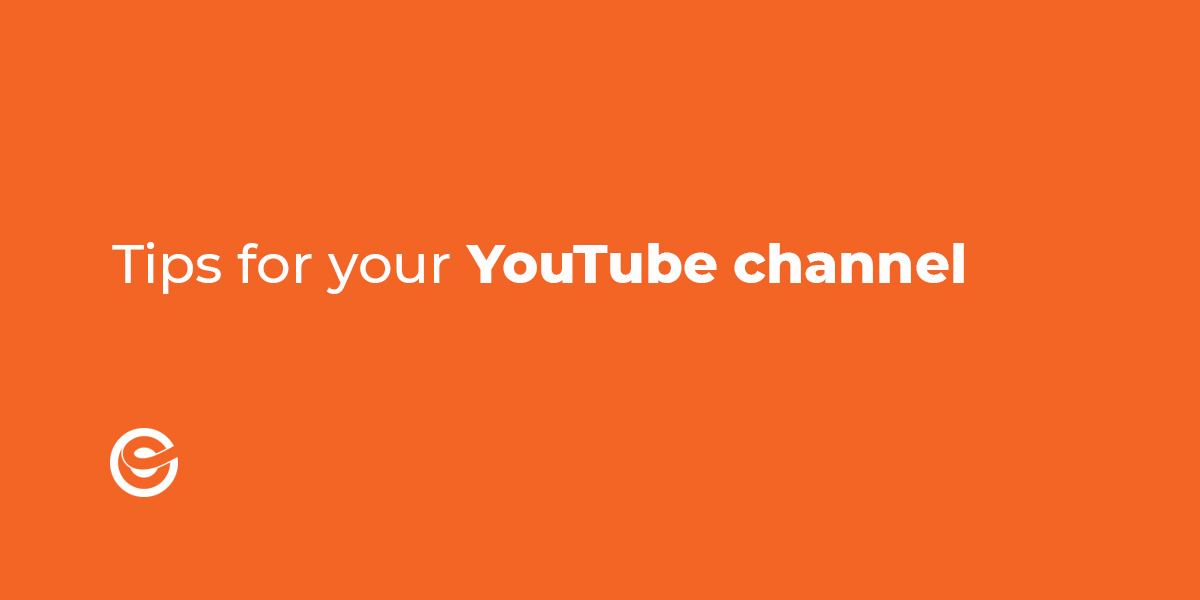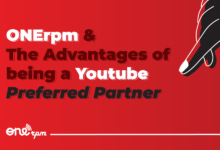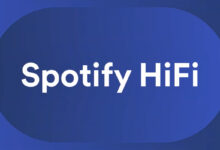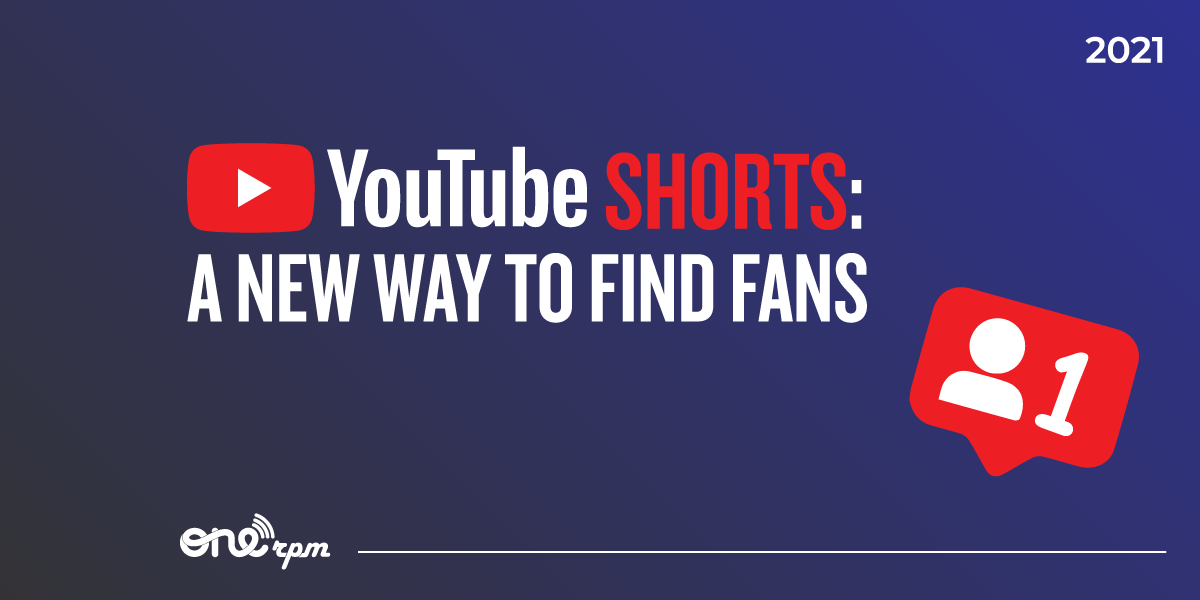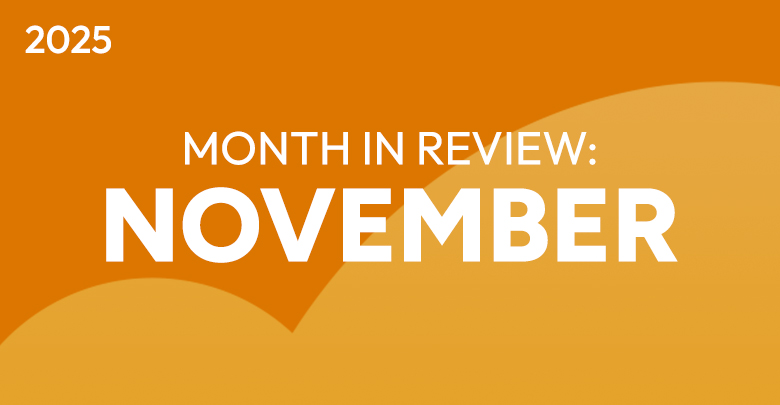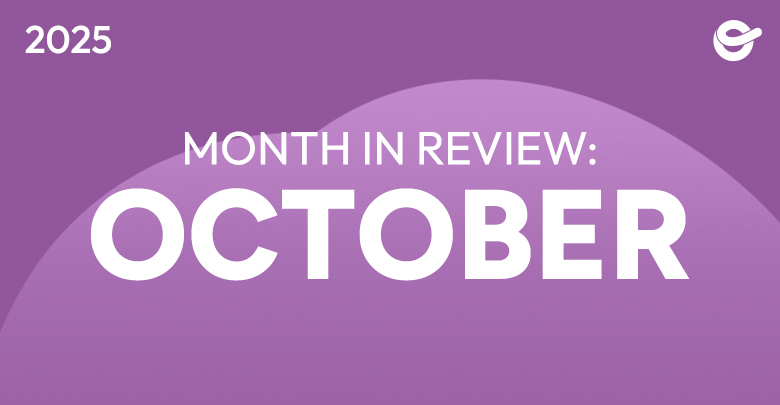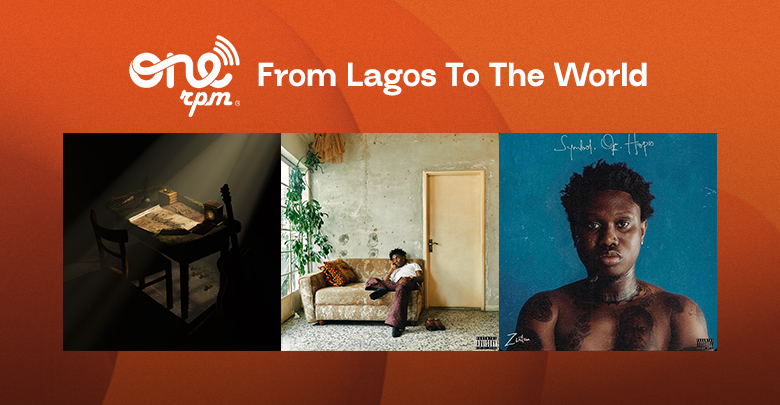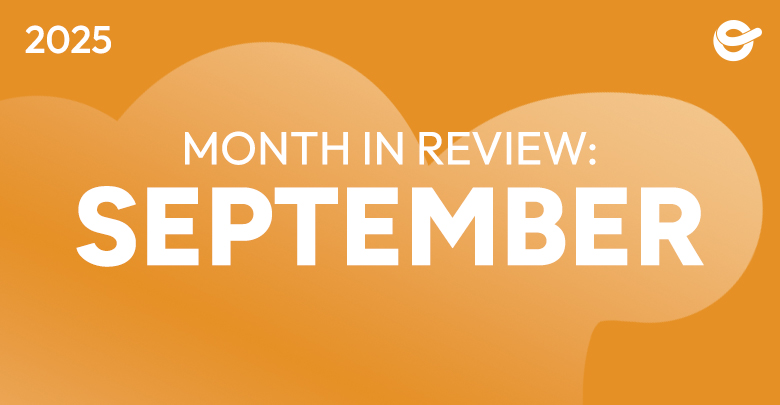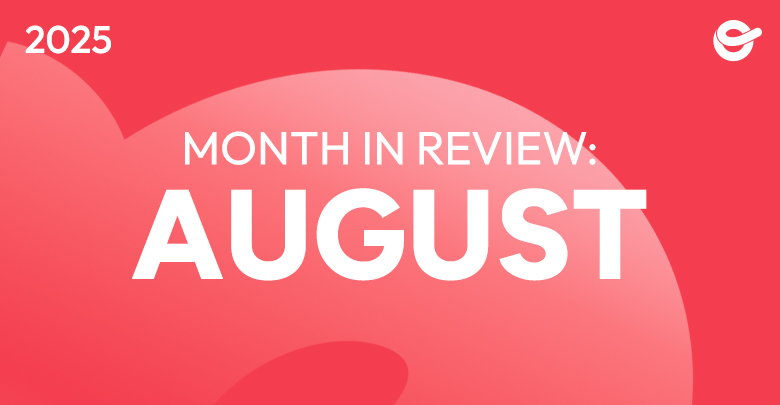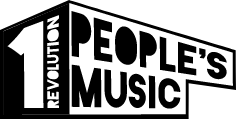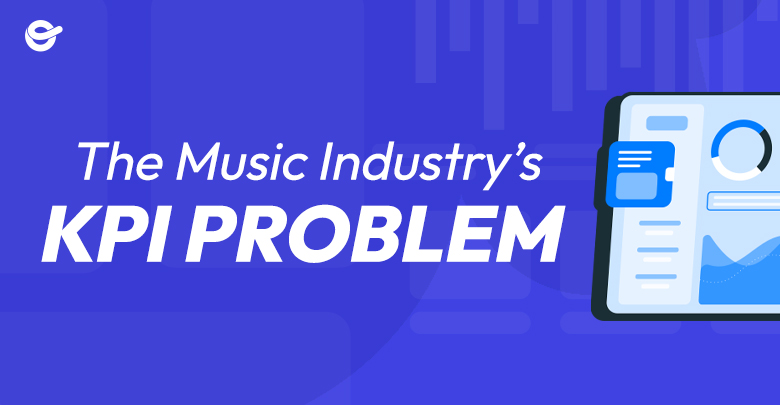
The Music Industry’s KPI Problem
The disparity of data, data services, and data literacy in the music industry
The Music Industry’s KPI Problem, by Will Cubero
As an advertiser at ONErpm, I’ve invested a great deal of time working with artist data. A key part of advertising is showing your work, so having the data to back up your results is mission-critical. The biggest things I’ve noticed? Data in the music industry has some serious problems….
For most of 2024, I wore a WHOOP; a fitness tracking device that measures sleep and strain, among other things. As someone who struggles with sleep, I was interested in what I might learn about sleep hygiene and how I might improve it. Over the resulting months, I was floored by how much data there was to be gleaned from a tiny laser strapped to my wrist. Heart rate, blood pressure, and skin temperature are all tracked minute by minute to determine strain, recovery, sleep efficiency, and more. I was shocked by how useful, simple to understand, and actionable the data was; and I was left thinking: where the hell is all the genuinely helpful data in the music industry?
A Song is not a Body
The medical community has determined key metrics that indicate your fitness level. A doctor can analyze blood pressure and resting heart rate to assess your heart attack risk. These metrics, backed by 100 years of data, are reliable health indicators. They are similar to what the business world calls “Key Performance Indicators” (KPIs).
So, what about the music industry and KPIs? The industry believes it has KPIs. Monthly listeners, follower counts, and gold or platinum records are often discussed. Goals are set, sometimes referring to them as KPIs. But a KPI is not a goal—it measures progress toward a goal. Resting heart rate is a KPI for getting fit. The number of YouTube subscribers isn’t a KPI for reaching a million subscribers.
The music industry focuses on performance but doesn’t consider progress.
Rates!
Save rate, view rate, skip rate, and click-through rate are KPIs, not goals. These are impactful in determining a song’s performance. The key factor here is rates.
Artists are obsessed with big numbers like YouTube views, streams, likes, and follows. They love seeing something hit 1 million. Analysts will say these figures mean little without context. An MLB slugger hitting 1 home run in 10 at-bats is Babe Ruth. But 1 home run in 500 at-bats is the MLB average.
The music industry hasn’t had its “Moneyball” moment yet. We haven’t found the magic ratio that defines musical success. As long as we chase big numbers and ignore rates, we can’t distinguish valuable data from vanity data.
The Data Gap
I’ve ragged on number-chasers in the last few sections, now it’s time to rag on everyone else.
In truth, part of the reason the industry loves a big number is because it’s the most accessible. In the same way that big companies and gatekeepers have primarily held the keys to success for artists, so too have they held the keys to the data.
Outside of a small handful of paid tools such as Chartmetric, which provides limited advanced analytics, most of the independent industry cannot view all their data in one place. Without the power of major labels gathering a century of data and querying it with bulk APIs (this sentence gave me a headache), basic statistics are really all we have.
These are a few of the reasons I revel in my work at ONErpm. Not only does the company provide its artists with deals that are reasonable and forward-thinking, but we’re also able to provide artists outside the major label system with better data and better insights. My team at ONErpm is developing tools to help our marketing and A&R teams close the data gap and better inform artists of all sizes.
(Anne McGinnis-Townsend, an excellent colleague and editor, helped greatly with this post. She’s never once bullied me for misusing colons.)


